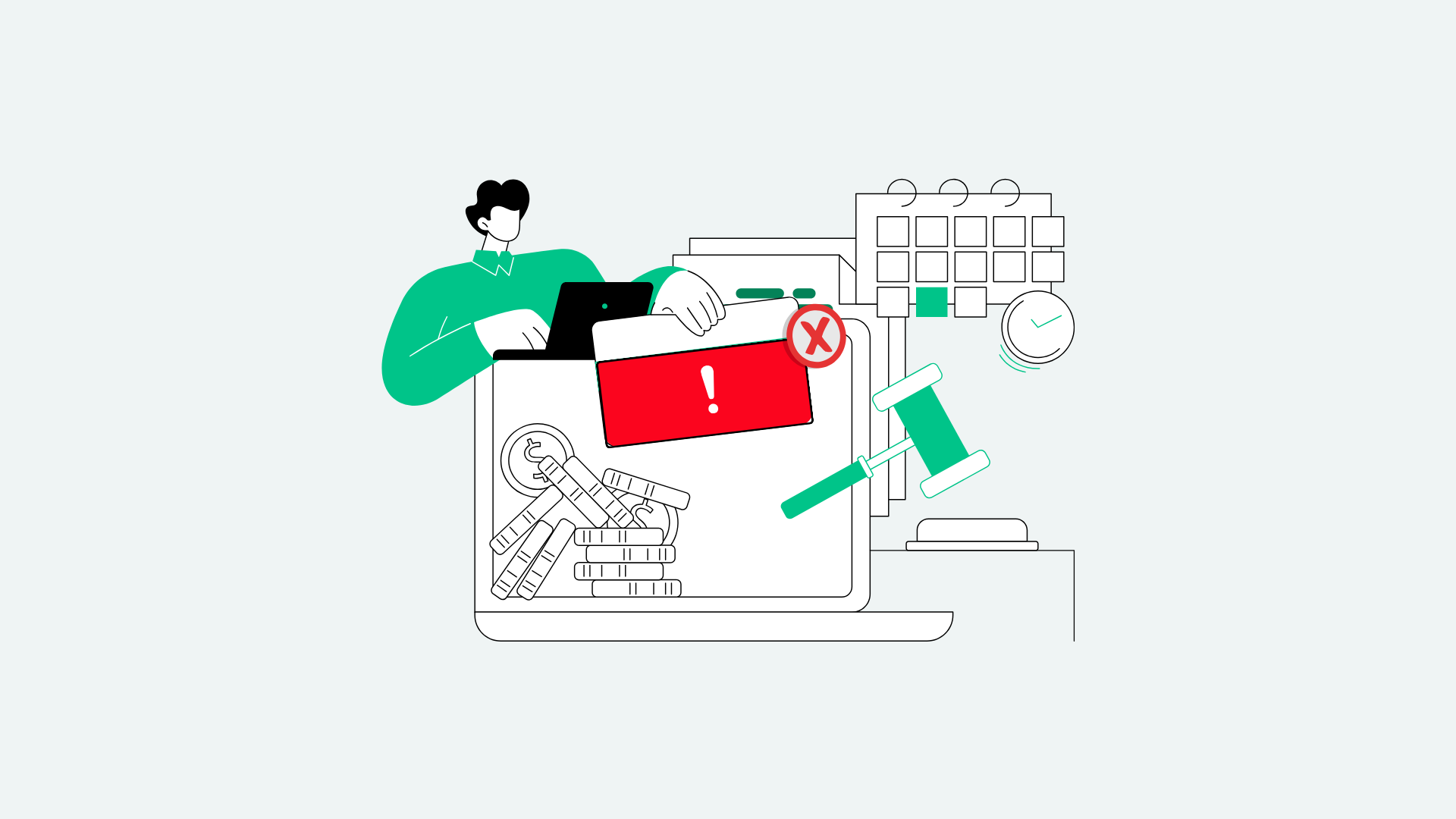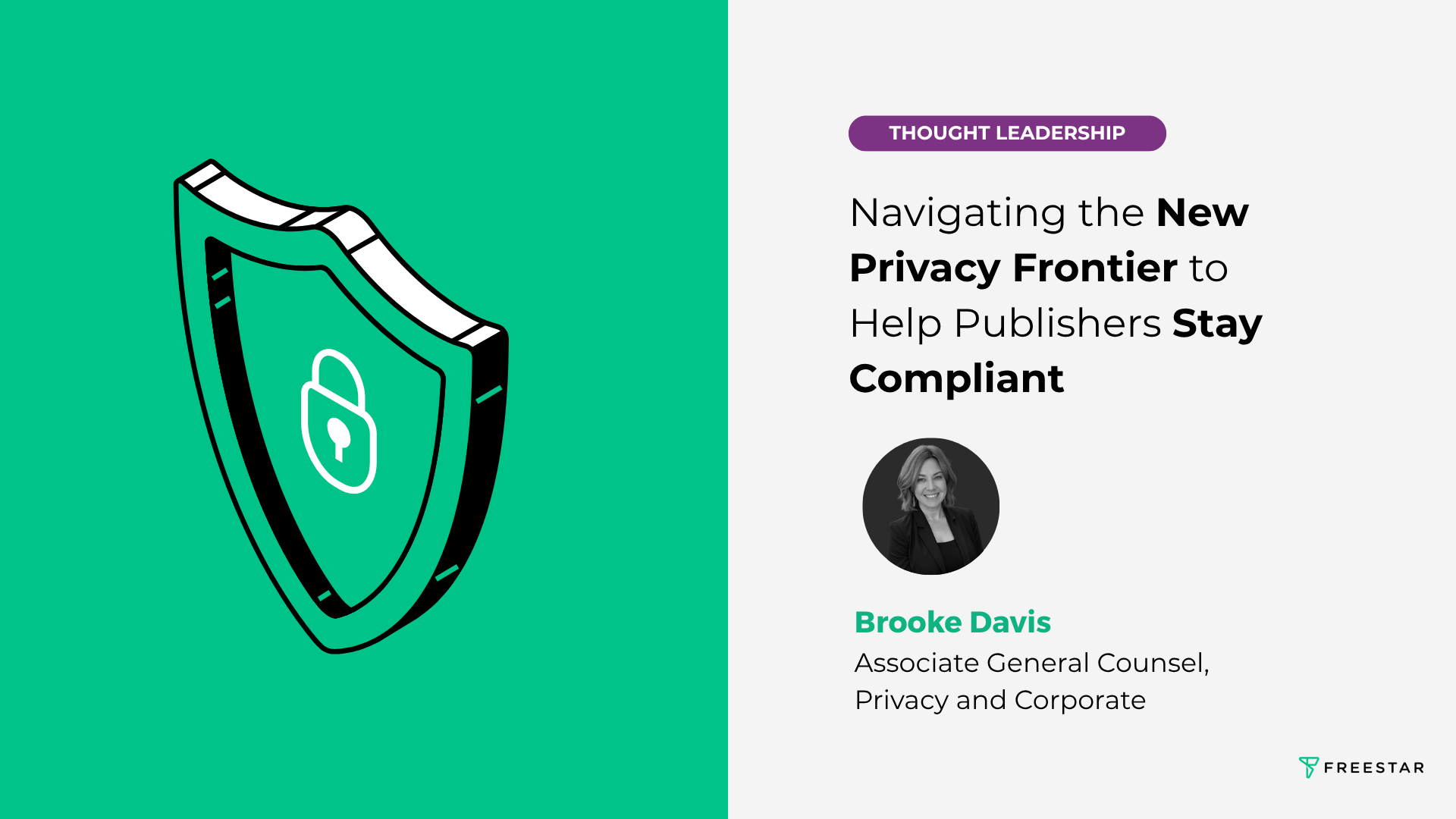As a publisher, staying ahead of Google’s algorithm updates can feel like an uphill battle. However, significant traffic drops, especially since the September 2023 Helpful Content Update, have made this more challenging than ever. At Freestar, we are committed to helping publishers avoid penalties and regain lost traffic—leading to more revenue opportunities.
While traffic declines across all sources have been a concern, the most painful drop has been in organic search traffic. Since September 2023, Google has released nine algorithm updates, and another just launched last week. These changes, combined with the rise of AI-generated search results, have caused 80% of publishers to report drops in search traffic in 2023. The key to recovery—and ultimately to driving revenue—lies in staying compliant with Google’s guidelines and optimizing your site for both users and search engines.
Despite these challenges, there is cautious optimism among publishers. According to a recent survey, just over 90% of publishers expect some rebound in traffic in the coming months, driven partly by major events like the Olympics and political elections. There’s also hope that Google will allow recovery for sites that have addressed the issues for which they were penalized.
However, unless the penalty is manual, Google typically provides no specific information as to why a site may have been penalized. That’s why it’s crucial to understand common reasons websites might be hit by an algorithm update, all of which relate to practices that violate Google’s Search Essentials. By focusing on high-quality content, strategic internal linking, and staying ahead of emerging trends, publishers can navigate these updates and position themselves for recovery.
Dive deeper into how websites might be penalized and how to avoid these pitfalls so you can focus on growing your audience and improving your revenue.
1. Low-Quality Content
One of the most common issues we see from publishers claiming a penalty is low-quality content. At Freestar, we spend more time working on content strategy than on traditional SEO or even technical SEO. The fastest site in the world won’t matter if the content is subpar. Low-quality content can manifest in several ways:
- Thin Content: This doesn’t just mean short content; it refers to content that’s unsubstantial or not helpful to users. Any article that doesn’t thoroughly deliver on the promise of the headline could be considered thin content. This includes low-quality auto-generated content, scraped content, or rephrased content that’s essentially copied.
- Duplicate Content: If your site has identical or very similar content across multiple pages or domains, this can lead to a thin content penalty.
- Affiliate Content: Google has released several algorithm updates targeting low-quality affiliate content and unsatisfactory product reviews. Make sure to follow best practices when writing review content.
Content length isn’t a definitive quality indicator, however, if you’re unsure, spot-check the top results in Google to see what users are expecting. If your website has thin or outdated low-quality content, consider doing a content audit and updating or noindexing that content.
2. Unnatural Links
Natural backlinks are one of the most heavily weighted ranking signals used by Google today, but acquiring links through manipulative practices can get you penalized as they pose a threat to the website’s visibility.
- Buying Links: Buying or selling links to manipulate rankings can lead to penalties. Google may identify purchased links when they appear on unrelated websites, although not all paid backlinks fall into this category. For example, links in press releases or guest posts on other websites might not be penalized.
- Low-Quality Backlinks: Having too many links from low-quality or spammy sites can harm your website’s ranking. If you’ve been hit with an unnatural link penalty, finding the source of the bad links can be tedious. Google offers the disavow tool within your Google Search Console (GSC)to request certain links be ignored, though it doesn’t recommend using it in most cases.
3. User Experience (UX) Issues
User experience plays a crucial role in SEO rankings, search, and visibility Here are some common UX-related issues that can negatively impact your site:
- Slow Page Load Times: Slow-loading pages provide a poor user experience, causing visitors to bounce even before the page loads.. As an ad tech company, we understand how ad code can affect load times, but publishers should focus on optimizations that don’t sacrifice revenue, such as optimizing images or improving server performance and measuring key metrics such as the exit and the drop-off rates through GA4
- Poor Mobile Usability: Most Google searches occur on mobile devices, so optimizing your site for mobile is essential. Websites that aren’t mobile-friendly may suffer in rankings, especially after Google’s switch to mobile-first indexing in 2020.
- User-Generated Spam: While user-generated content can be valuable, as we’ve seen with the rise of Reddit, spammy content from users can result in a loss of traffic. It’s essential to understand, monitor, and moderate user contributions to maintain quality.
4. Technical Issues
Most technical penalties are related to malicious practices. Although they’re less common today, here are some key issues to watch for:
- Cloaking: Cloaking involves showing one version of a page to search engines while showing a different version to users. This practice violates Google’s guidelines.
- Hidden Text or Links: Examples include keyword-stuffed text hidden in a white background or excessive optimized links in a footer.
- Hacking: If your site is hacked and starts distributing malware or spam, contact your hosting company immediately. Google targets these issues in spam-related algorithm updates.
- Sneaky Redirects: When users click a link and are redirected to a different URL without their knowledge, this is known as a sneaky redirect and should be avoided.
- Copyrighted Material: Publishing unauthorized content that infringes on someone else’s intellectual property not only breaks copyright laws but also violates Google’s search guidelines and ad policies. Ensure all content on your site is original or properly licensed.
5. Over-Optimization
Similar to spam signals, over-optimization can trigger penalties. Here’s how to avoid common pitfalls:
- Exact Match Anchor Text: Overusing exact match keywords in anchor text can be seen as manipulative. Strive for natural phrasing in links, prioritizing user experience over keyword stuffing.
- Excessive Internal Linking: Internal linking is important for site structure, but overdoing it with too many links, especially to the same keywords or pages, can be seen as an attempt to manipulate search rankings.
- Overuse of Structured Data Markup: While implementing structured data is valuable, abusing schema markup to create misleading rich snippets can result in penalties.
- Heavily Optimized Navigation: Keep your main navigation simple and focused on your most important or pillar pages. Avoid adding extra keywords to target SEO phrases.
Consequences of over-optimization can lead to both manual and algorithmic penalties which ultimately lead to loss of trust in users thus damaging brand identity.
Looking Ahead
The August 2024 core update aims to address feedback from publishers regarding the significant changes in search engine results pages (SERPs) over the past year. Staying compliant with Google’s guidelines, focusing on valuable content, and delivering a positive user experience is crucial to avoiding penalties and safeguarding your revenue stream.
At Freestar, we’ve witnessed a significant rise in the number of publishers struggling with the effects of Google’s algorithm changes over the past year. We understand how these penalties and traffic declines can hit your bottom line hard. That’s why we’re dedicated to helping you navigate these challenges, recover lost traffic, and unlock your full revenue potential.
Don’t let Google Algorithm updates hold you back. Contact us today!






